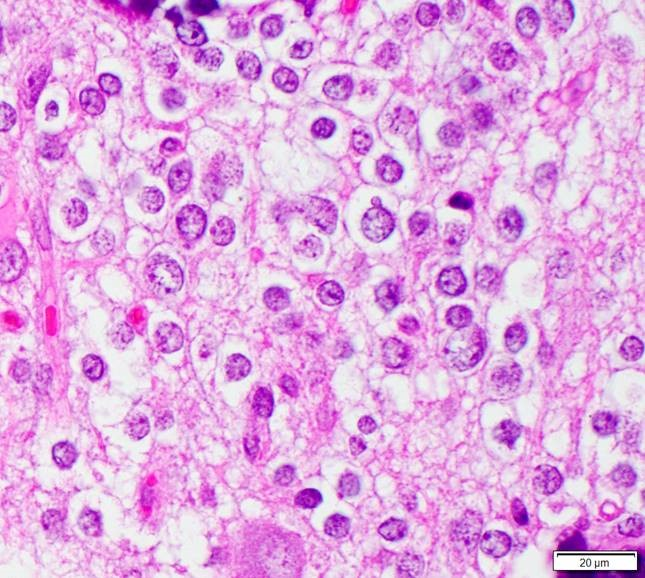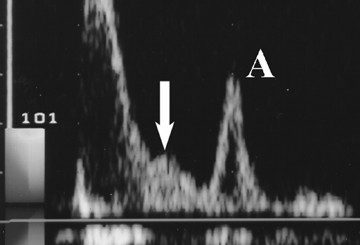“Fried-egg” appearance
Contents
Fried egg appearance in dermatology is seen in –
[A] Dysplastic Nevi
[B] Psoriasis
[C] Pemphigus vulgaris
[D] Angioblastoma
| “Fried-egg” appearance | Cause | |
| 1 | Fried-egg colony shape | Mycoplasmas |
| 2 | “Fried-egg” appearance microscopy | Brain Tumor – Oligodendroglioma |
| 3 | Ffried egg appearance in histopathology | Hairy cell leukemia (HCL) |
| 4 | ”Fried-egg” appearance in Histology | Histologic features of the ”seminoma” & Dysgerminoma |
| 5 | Fried Egg Appearance (BM Biopsy) Bone marrow core biopsy, Plasma cells | Multiple Myeloma |
| 6 | Malassezia furfur being lipophilic, Sabouraud Dextrose Agar [SDA] with olive oil overlay is the ideal media for culture. Typical ‘fried egg‘ colonies appear | Malassezia furfur |
| 7 | Fried egg appearance in dermatology is seen in | Dysplastic Nevi |
“Fried-egg” appearance
- Oligodendroglioma – “Fried-egg” appearance microscopy – Brain Tumor
- Hairy cell leukemia (HCL) might be identified by the presence of distinct cell membrane and abundant clear cytoplasm, resulting in a “fried-egg” appearance.
- Seminoma and Dysgerminoma cells on light microscopy.
- Parietal cells of the stomach due to acidophilic cytoplasm & large central nuclei also resemble fried egg appearance.
- Malassezia furfur – Malassezia furfur being lipophilic, SDA with olive oil overlay is the ideal media for culture. Typical ‘fried egg‘ colonies appear
- Mycoplasma pneumoniae – produces tiny colonies on Eaton agar that have an “inverted fried egg” appearance.
What is the morphology of Fried Egg appearance?

What is the morphology of Fried Egg appearance?
Oligodendrogliomas
Cell contains a small round monomorphic nucleus with a perinuclear region of clearing – Fried Egg appearance
Cell contains a small round monomorphic nucleus with a perinuclear region of clearing – Fried Egg appearance





